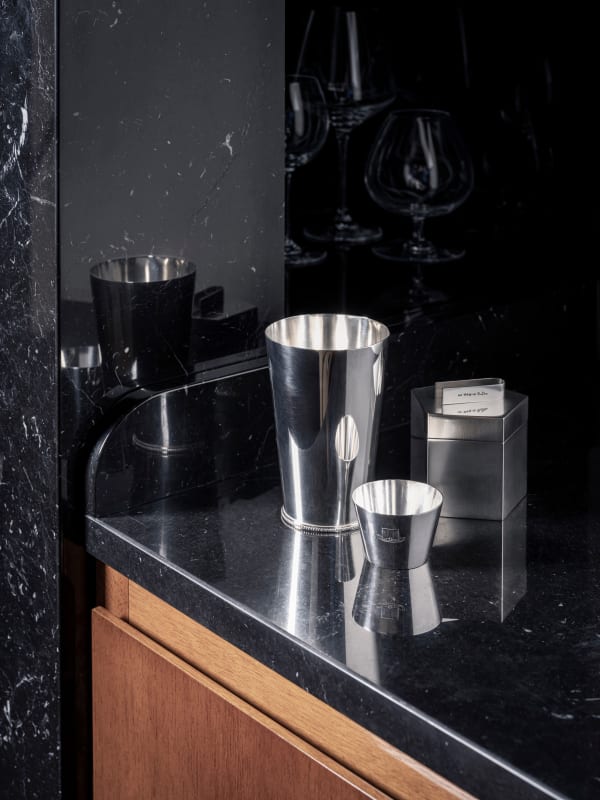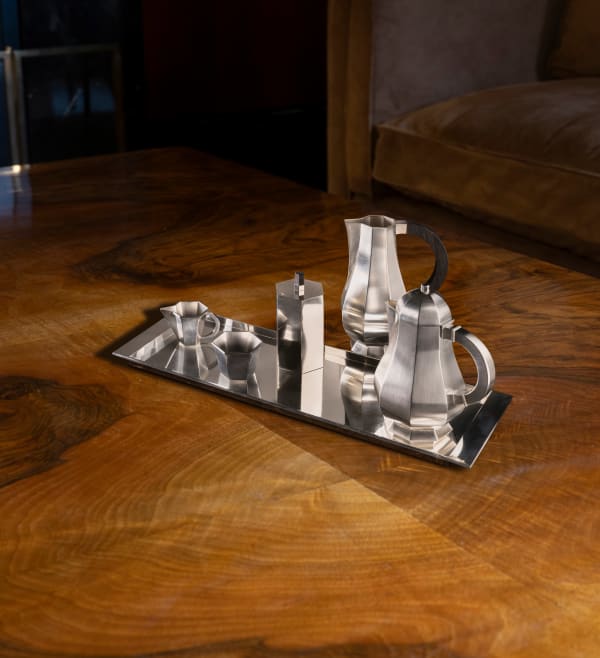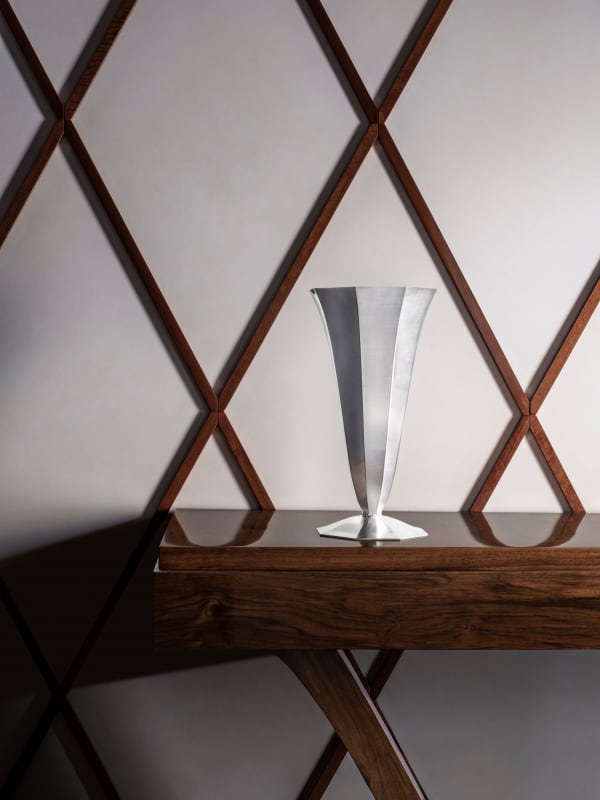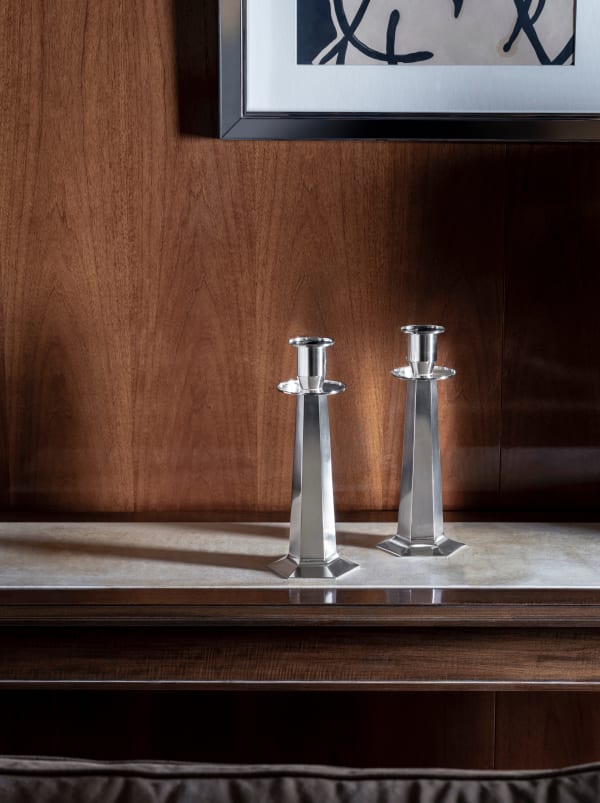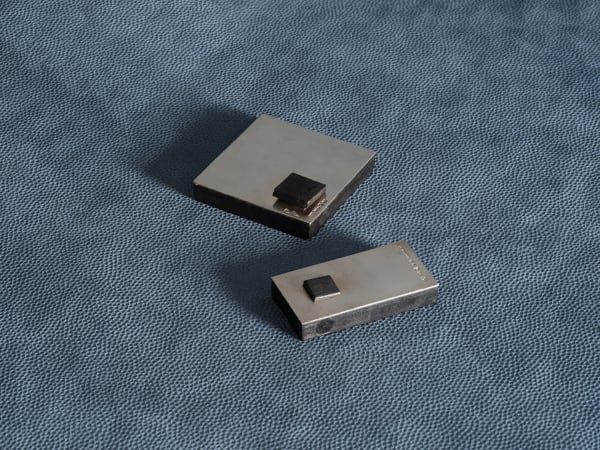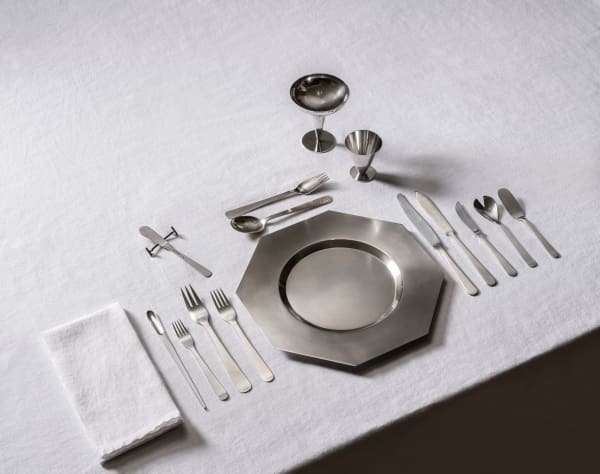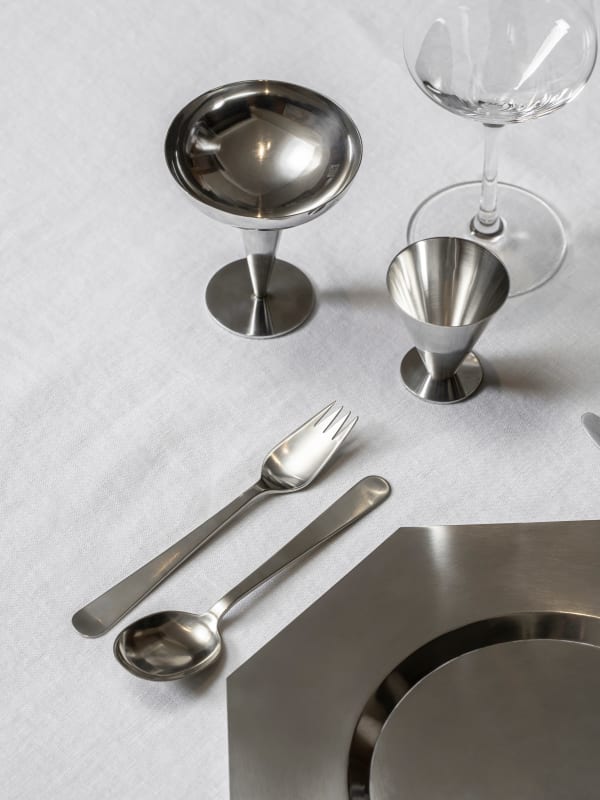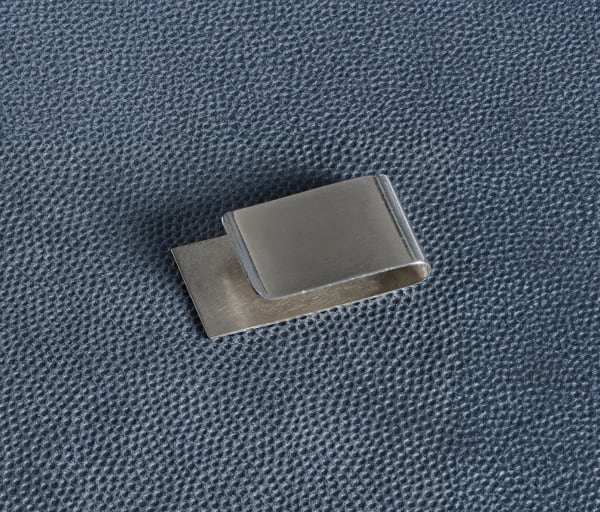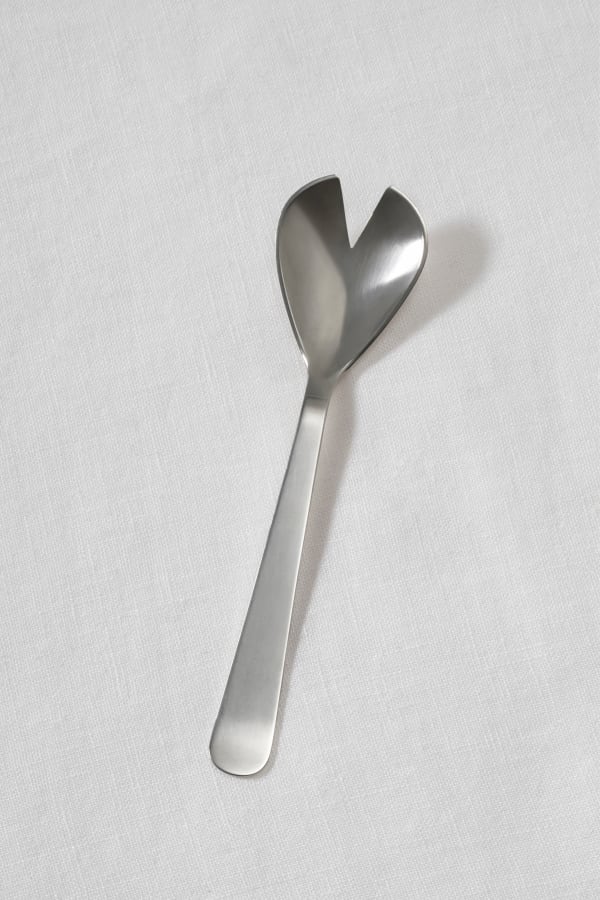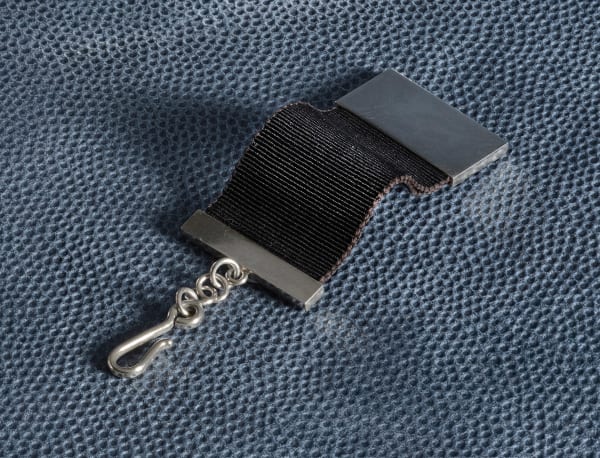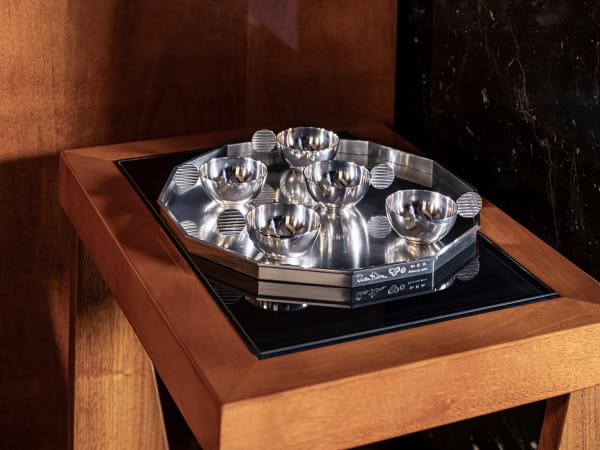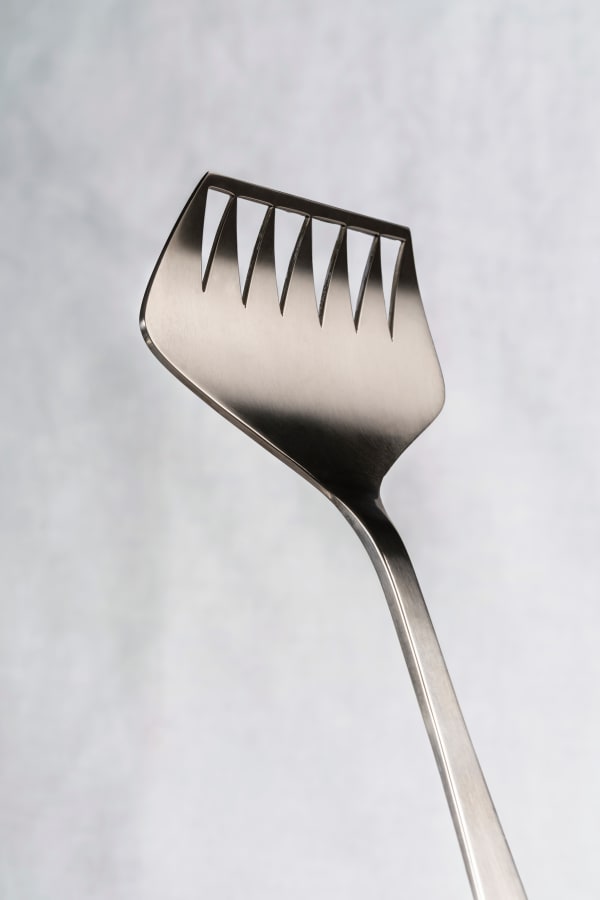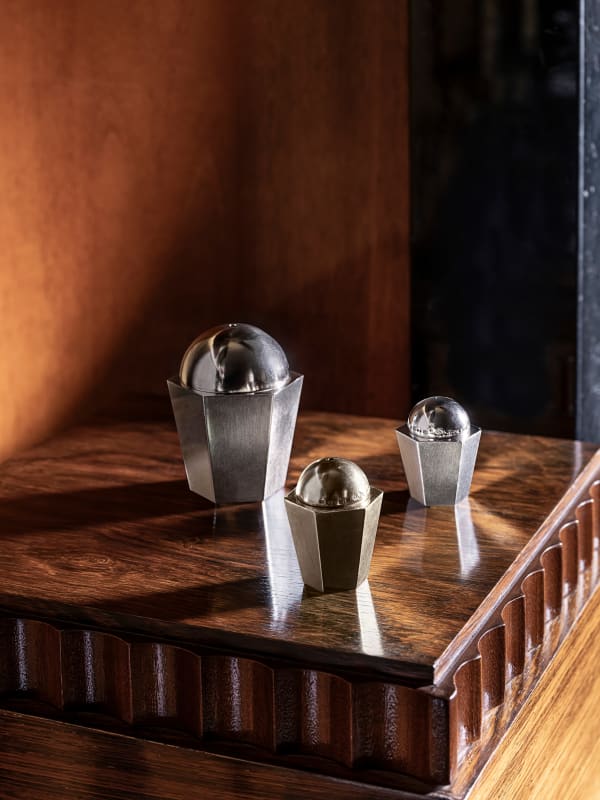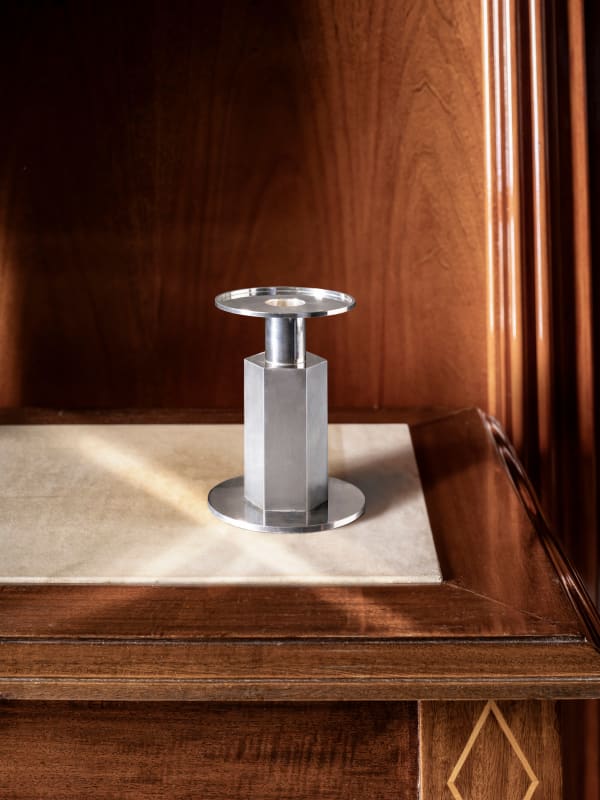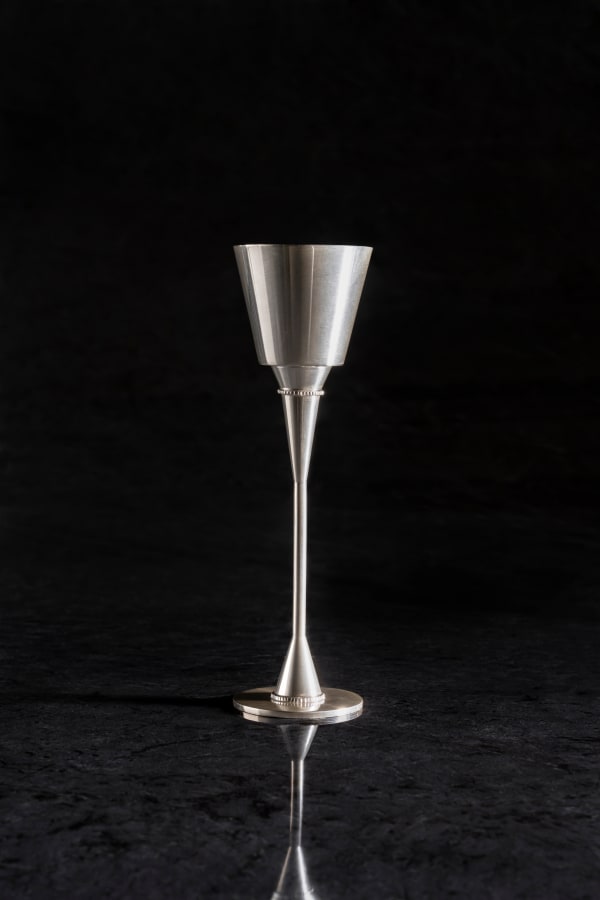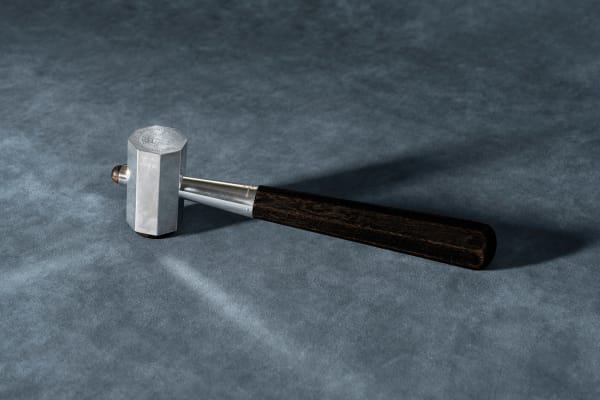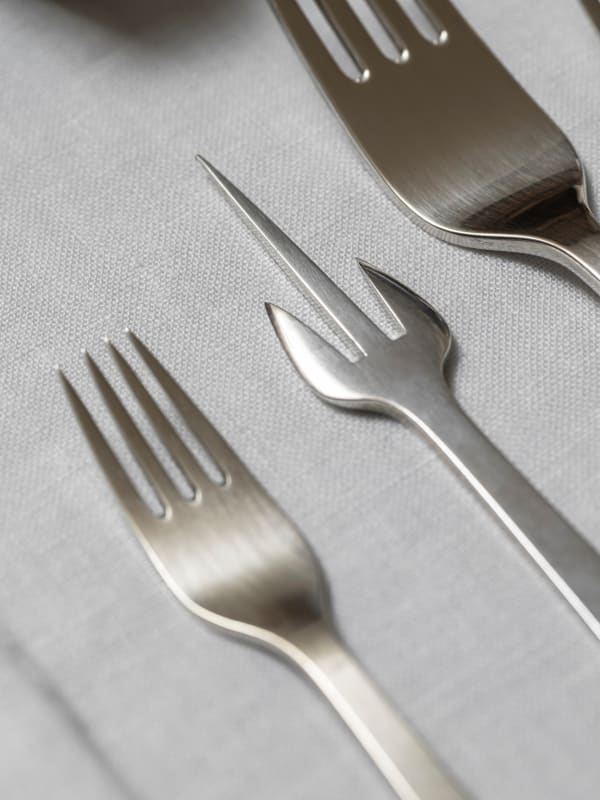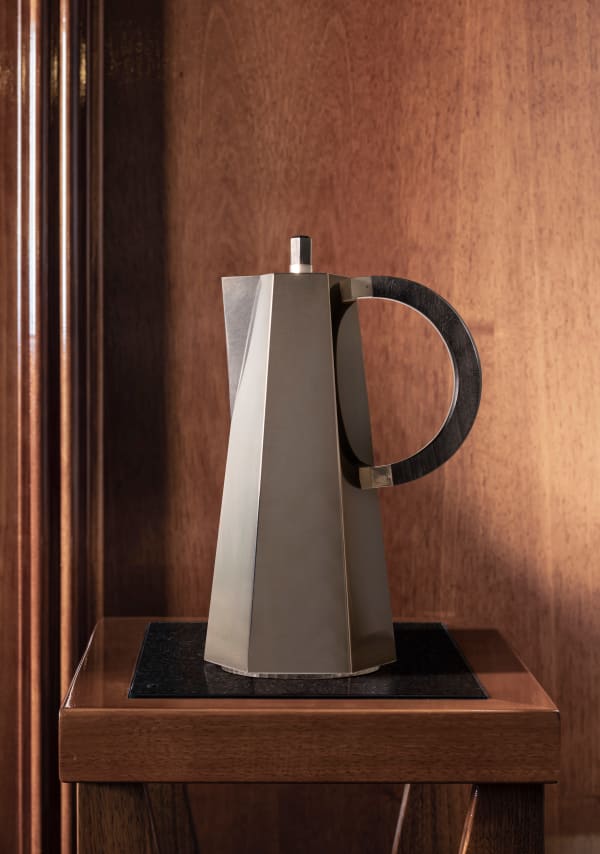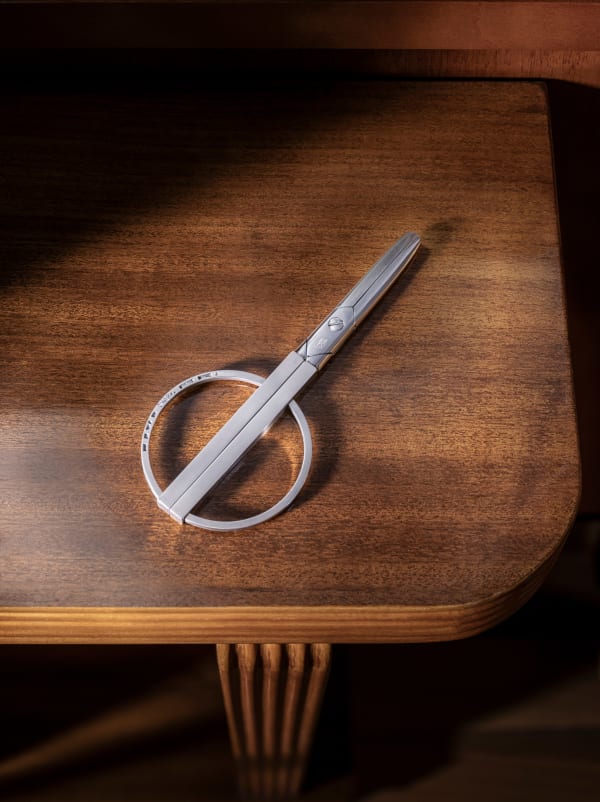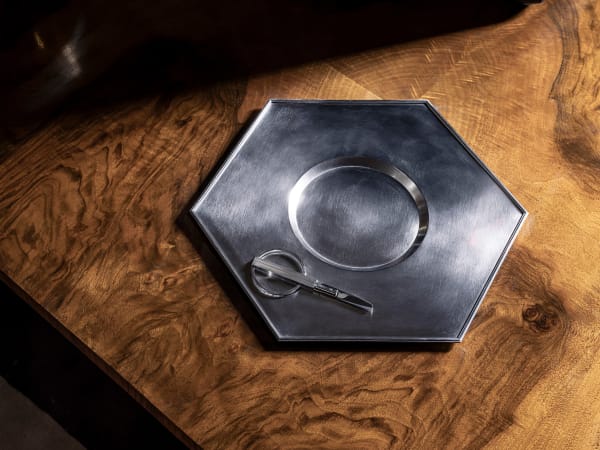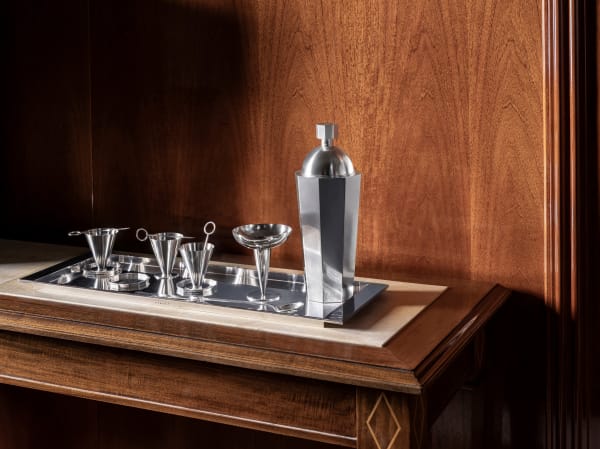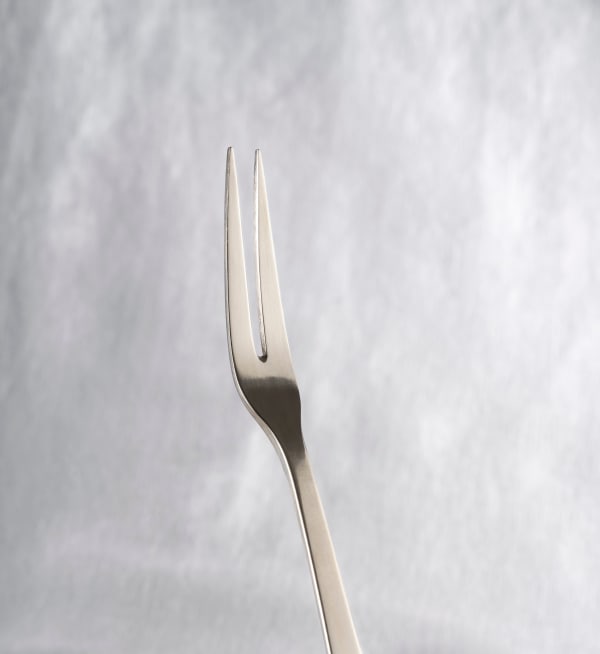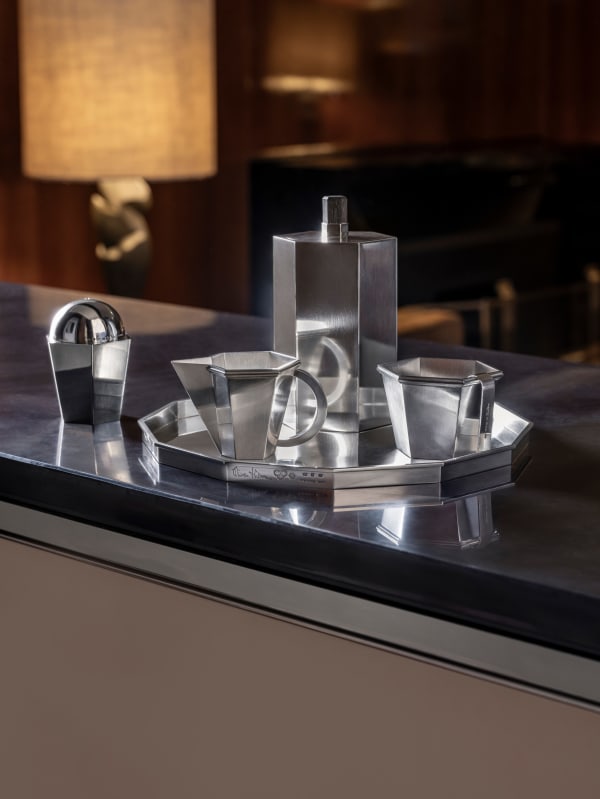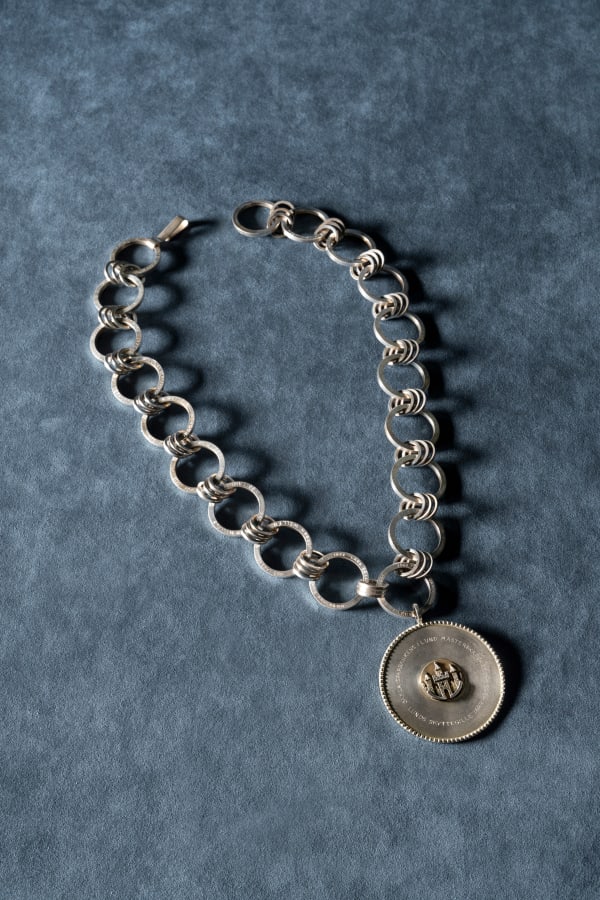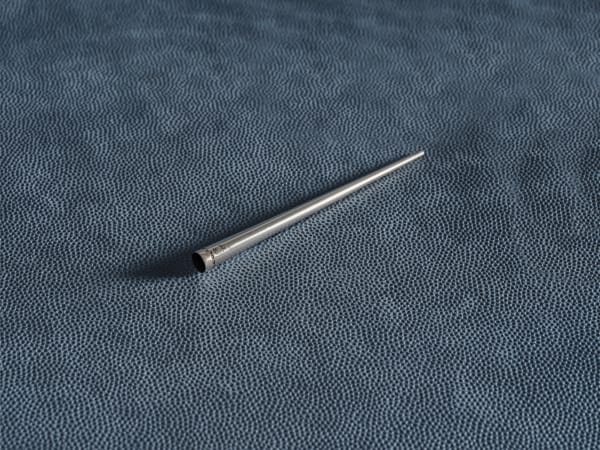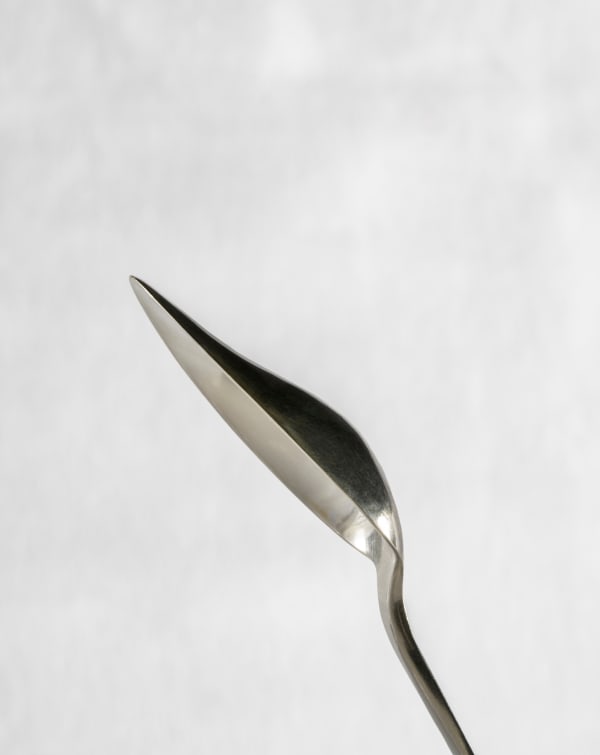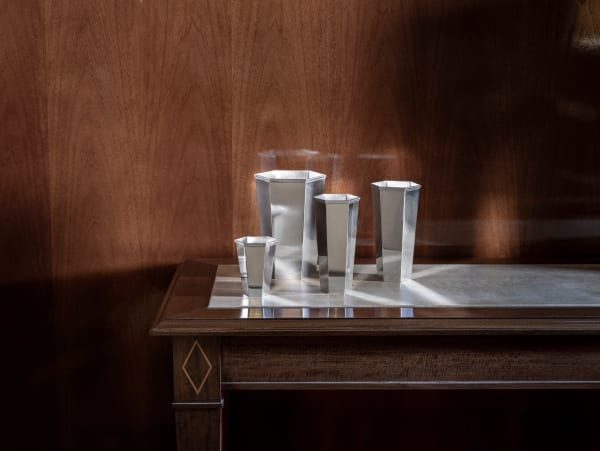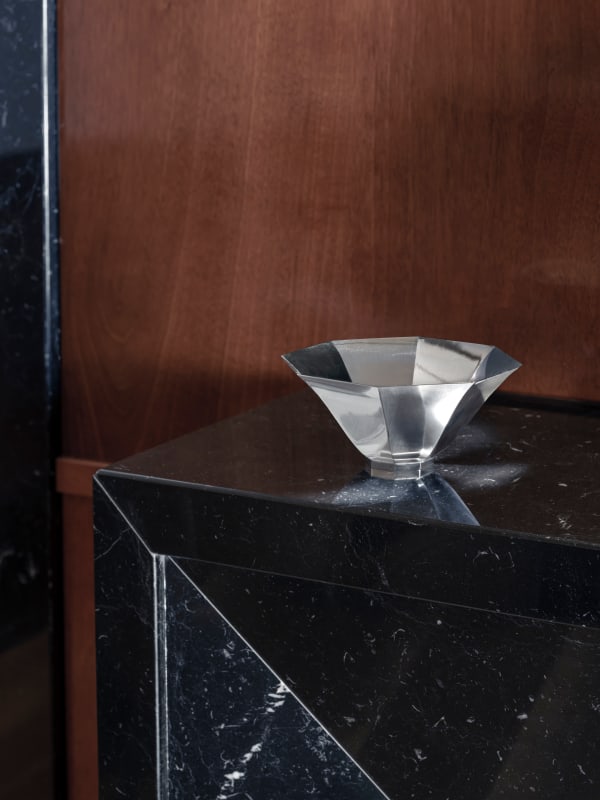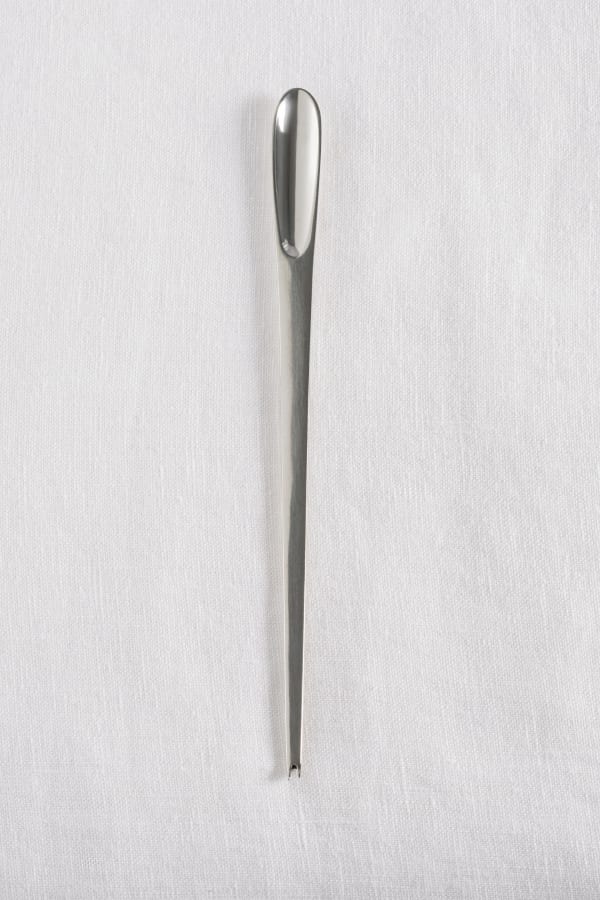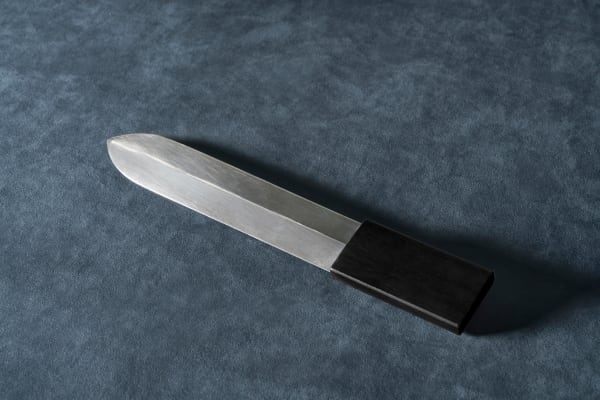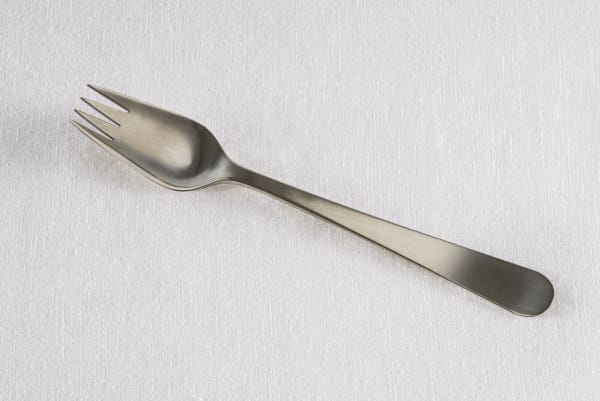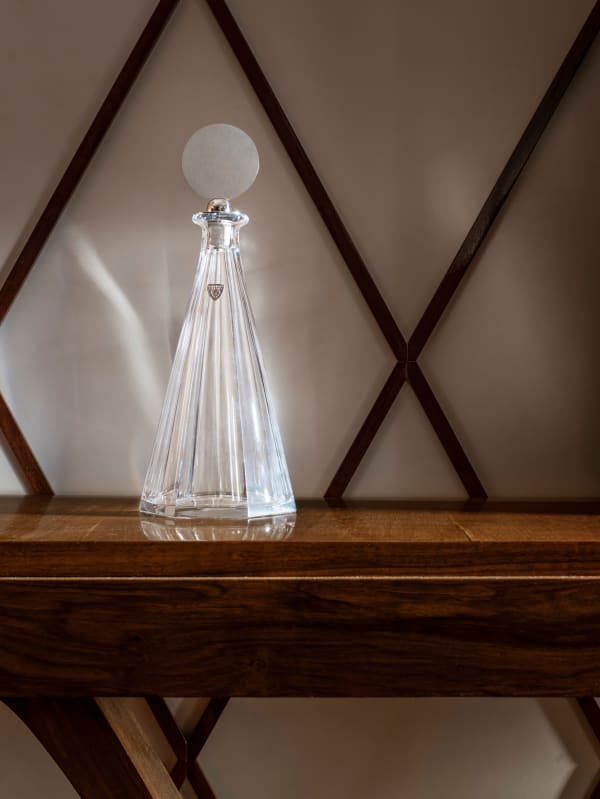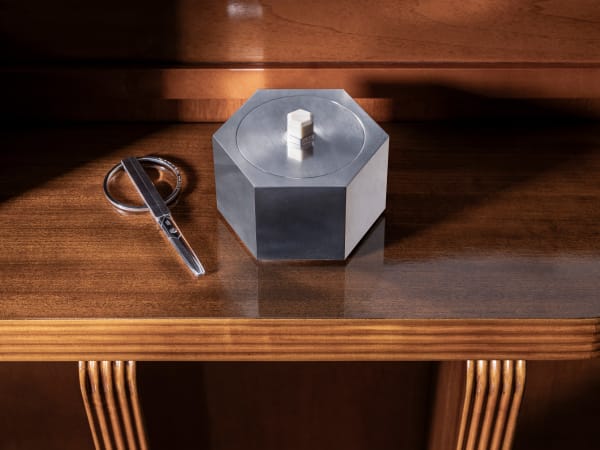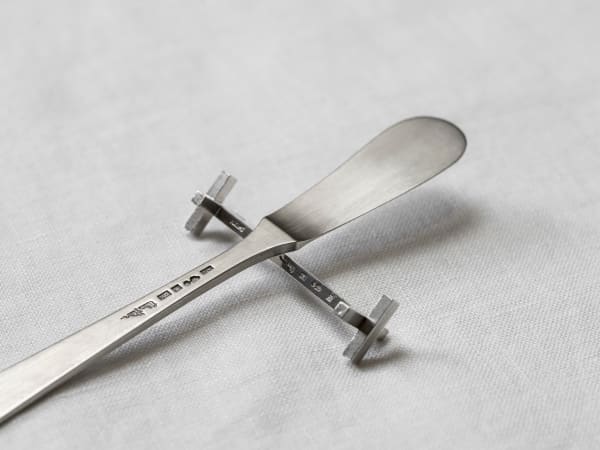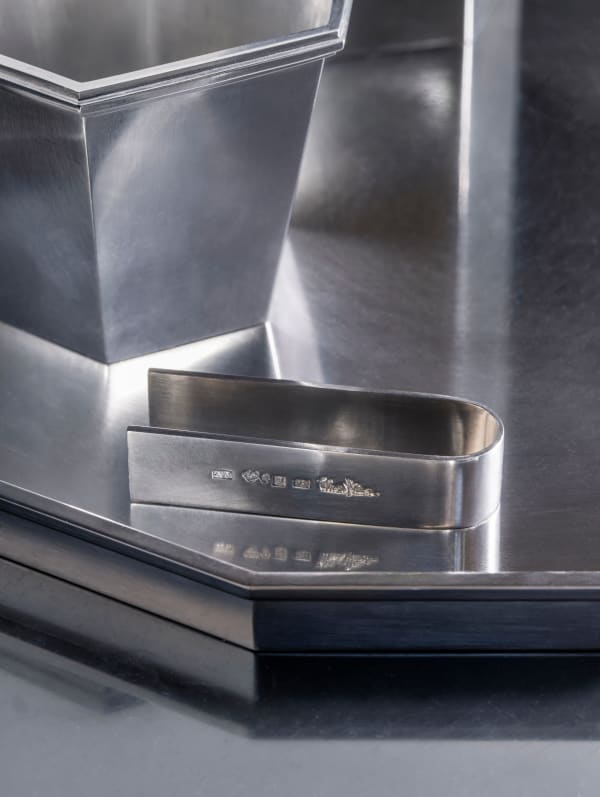-
“All my silver is worked by hand. This vessel-shaped bowl isn’t soldered, it is hammered, and the silver plate has the same thickness throughout. That is perfection, that is the limit one can not exceed.” Wiwen Nilsson
Wiwen Nilsson’s creative output was multidisciplinary and multifaceted. His artistic and functional designs – consistent with elegant, geometrical shapes – have become synonymous with his name. Wiwen Nilsson’s three basic conditions for his creative work were the material, the technique and the dynamism. The function was to be an integral part of the whole. Though Wiwen Nilsson’s creations have a strikingly simple structure, the mathematical precision and complicated treatments required great skill to execute.
Wiwen Nilsson held Romanesque and Byzantine artists in high regard, extolling the era’s “holy trinity”; function, material and technique. Drawing inspiration from mediaeval art and philosophy, he melded these sensibilities with his trademark dynamic cubism. In his eyes, excessive decoration threatened the essence of the material. He sought to create a sense of tranquillity in his timeless forms, coupled with balance, rhythm, and proportion.
-
“The ‘geometric and constructive’ form-values have the greatest possibility of concretising what Wiwen Nilsson means by rhythm. Associated with his uncompromising sense of proportion is the far-reaching precision of his technique. ... The material and the purity of his forms create a harmony that is as simple as it is expressive.” J.P. Hodin
Wiwen Nilsson’s creative output was multidisciplinary and multifaceted. His artistic and functional designs – consistent with elegant, geometrical shapes – have become synonymous with his name. Wiwen Nilsson’s three foundational components for his craft were the material, the technique and the dynamism. The function was to be an integral part of the whole work.
Though Wiwen Nilsson’s creations have a strikingly simple structure, the mathematical precision and complicated treatments involved required great skill. Wiwen Nilsson held Romanesque and Byzantine artists in high regard, praising the era’s “holy trinity” of function, material and technique. Drawing inspiration from Medieval art and philosophy, he melded these values with his trademark dynamic cubism. In his eyes, excessive decoration threatened the essence of the material. He sought to create a sense of calm in his forms, emphasising balance, rhythm, and proportion.
-
-
-
 Goblet
Goblet -
 Tea set
Tea set -
 Vase
Vase -
 Candlesticks
Candlesticks -
 Serving bell
Serving bell -
 Flatware set
Flatware set -
 Champagne goblet
Champagne goblet -
 Coffee set
Coffee set -
 Vase
Vase -
 Candlesticks
Candlesticks -
 Money clip holder
Money clip holder -
 Oyster fork
Oyster fork -
 Candlesticks
Candlesticks -
 Pocket clock holder
Pocket clock holder -
 Punch goblets
Punch goblets -
 Sardine fork
Sardine fork -
 Tableware set
Tableware set -
 Vase
Vase -
 Candlestick
Candlestick -
 GAN's personal chalice
GAN's personal chalice -
 Gavel
Gavel -
 Potato fork
Potato fork -
 Wine jug
Wine jug -
 Candlesticks
Candlesticks -
 Cocktail shaker
Cocktail shaker -
 Fire poker
Fire poker -
 Grape scissors
Grape scissors -
 Serving plate
Serving plate -
 Candlesticks
Candlesticks -
 Cocktail set
Cocktail set -
 Gavel
Gavel -
 Serving fork
Serving fork -
 Tray
Tray -
 Vase
Vase -
 Chain of office
Chain of office -
 Ham skewer
Ham skewer -
 Vase
Vase -
 Bowl
Bowl -
 Cigarette holder
Cigarette holder -
 Grapefruit spoon
Grapefruit spoon -
 Set of vases
Set of vases -
 The Kings bowl
The Kings bowl -
 Bowl
Bowl -
 Letter knife
Letter knife -
 Lobster fork
Lobster fork -
 Bowl
Bowl -
 Letter knife
Letter knife -
 Serving spade
Serving spade -
 All-purpose fork
All-purpose fork -
 Carafe
Carafe -
 Box
Box -
 Serving fork
Serving fork -
 Butter knife and stand
Butter knife and stand -
 Gripper
Gripper -
 Flatware set
Flatware set -
 Box
Box -
 Set of vases
Set of vases
-
